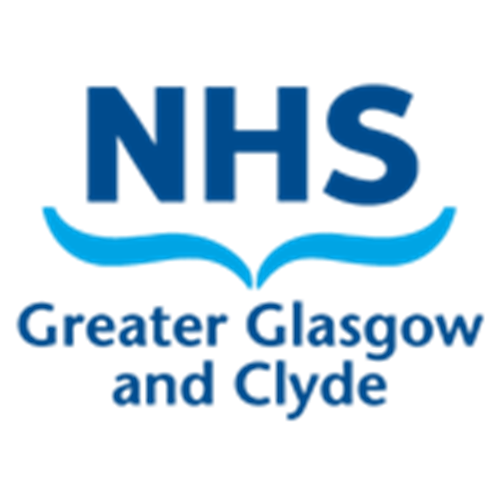Most PDPHs will resolve spontaneously, with about 70% resolving in a week. However, some may persist for several months.6
Simple treatment:
- Strict bed rest is not of benefit in reducing the symptoms of PDPH; however a well-rested patient may be better able to cope with the headache.
- Ensuring the patient is well hydrated may improve symptoms.
- Abdominal binders may help relieve symptoms in some patients by increasing intraabdominal pressure. However, these can be uncomfortable and are not suitable if the patient has had an abdominal operation. They are not widely used.
- Oral analgesia (paracetamol and NSAID if tolerated) should be prescribed regularly, and the patient encouraged to continue regular analgesia until the headache has subsided. If weak opioids are prescribed, ensure a laxative is also prescribed.
- Caffeine is widely used because it is easy to administer, although its evidence base is not great. The assumed mechanism is vasoconstriction of cerebral blood vessels. 300-500mg caffeine daily has been recommended, which is the equivalent of 4-6 cups of coffee. Caffeine may cause tremor and arrhythmias in high doses.
- If the patient is confined to bed, she may require thromboprophylaxis. If prophylactic LMWH is prescribed, ensure it is for a time of day to allow 12 hours to elapse after the dose, so that blood patch can be safely carried out if indicated.
Epidural blood patch
Epidural blood patch (EBP) is considered the gold standard treatment. Its success rate for PDPH following small gauge spinal needle puncture may be as high as 95%; for punctures involving larger needles, it is around 50-75%. The headache may return in about 30% of patients who receive an initially successful EBP. Up to 40% of patients may require a second blood patch.7 Remember to carefully consider other diagnoses in patients where an EBP has been unsuccessful.
It is recommended that EBP is performed 24-48 hours after the onset of PDPH symptoms, as some patients will respond to the simple treatments above. If the headache is so severe that the patient is having trouble caring for her baby, it may be sensible to offer EBP earlier.
Contraindications to EBP include:
- Patient refusal.
- Systemic infection.
- Raised intracranial pressure.
Potential complications include:
- Early/immediate:
- Backache (30-70%).
- Bradycardia (common).
- Fever (common).
- Second accidental dural puncture (uncommon).
- Late:
- Persisting radicular pain (may be more common than once believed).
- Meningitis (rare).
- Cranial nerve palsy (rare).
- Seizures (rare).
- Subdural haematoma (rare).
Technique of epidural blood patch
- The patient should give informed consent. There is a GGC patient information leaflet available on the intranet here, and the Obstetric Anaesthetists’ Association one is here.
Document consent on a new anaesthetic chart. - Make sure each case has been discussed with the consultant covering the labour ward (who may wish to be involved with the procedure).
- It should be done in daylight hours, but this includes the weekend.
- This is a two person job. As well as two anaesthetists (epiduralist and venepuncturist), there should be an anaesthetic assistant to help, and a midwife to look after the patient.
- The patient have an intravenous cannula and be fully monitored, and should be sitting upright unless the severity of her symptoms prevents this, when the procedure should be done in the lateral position.
- The venepuncturist should identify their intended puncture site before performing a full surgical scrub. The site should be prepped and draped as for an epidural insertion.
- The epiduralist should identify their intended space (which does not need to be the same as the initial space where the ADP occurred), before scrubbing, preparing the patient’s back and applying a sterile drape.
- The epiduralist should perform the epidural using loss of resistance to saline.
- The venepuncturist should then remove 20mls of blood from the patient and carefully pass this syringe to the epiduralist, taking care to preserve sterility at all times.
- The epiduralist should then slowly inject the blood into the Tuohy needle until either:
- The patient complains of back pain or radicular pain.
- All 20 mls have been injected.
- The Tuohy needle should then be removed and the patient lain on her back.
- Vital signs should be recorded every ten minutes for 30 minutes.
- There is no need for the patient to remain supine for a prolonged period, although she should avoid heavy lifting or straining.
- There is no need to obtain blood cultures at the same time as performing EBP.
- If she is asymptomatic on mobilising after the procedure, the patient may be discharged.
